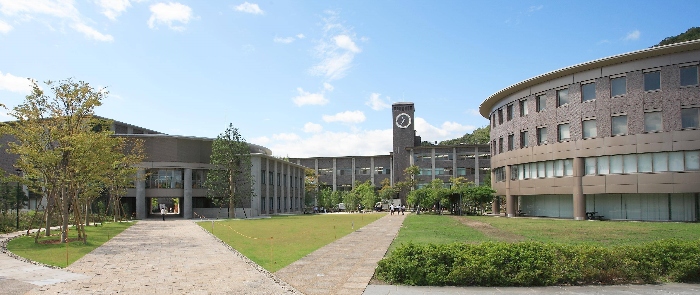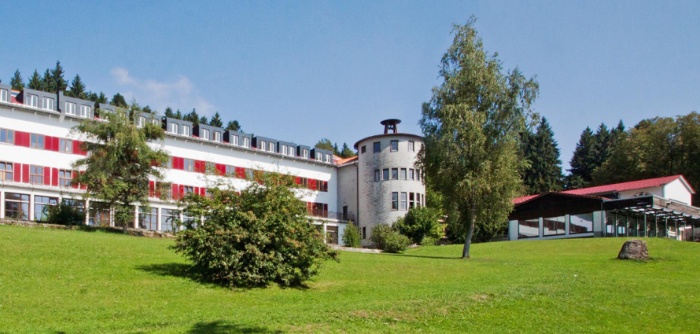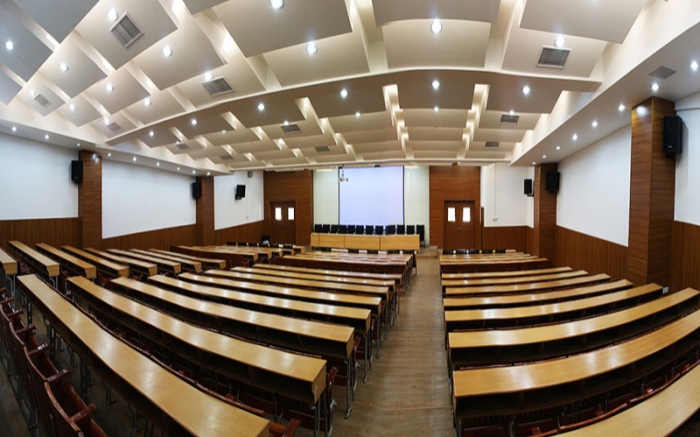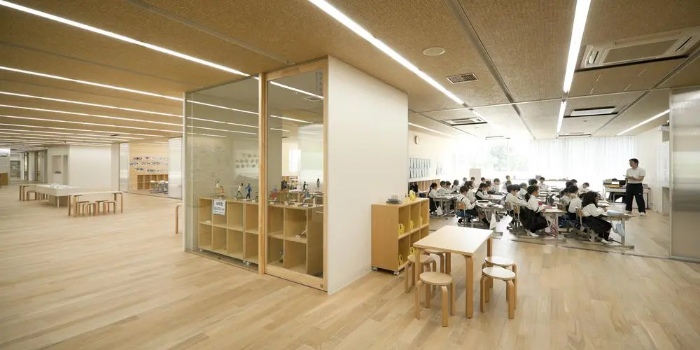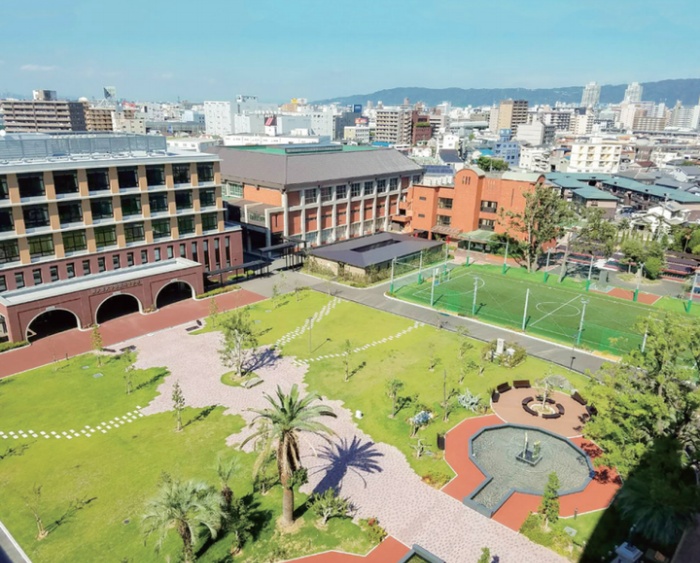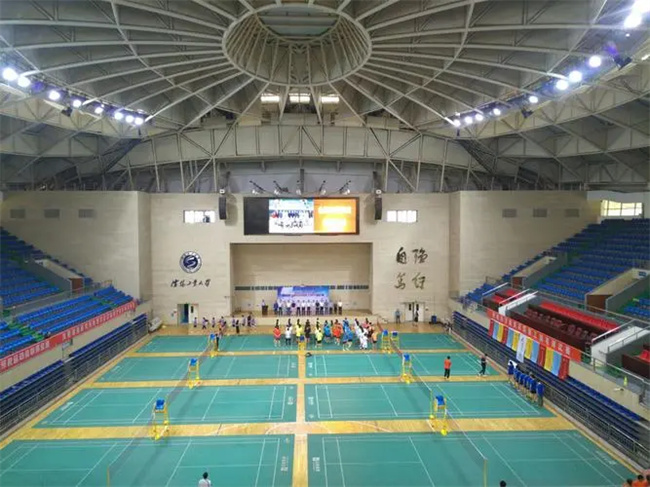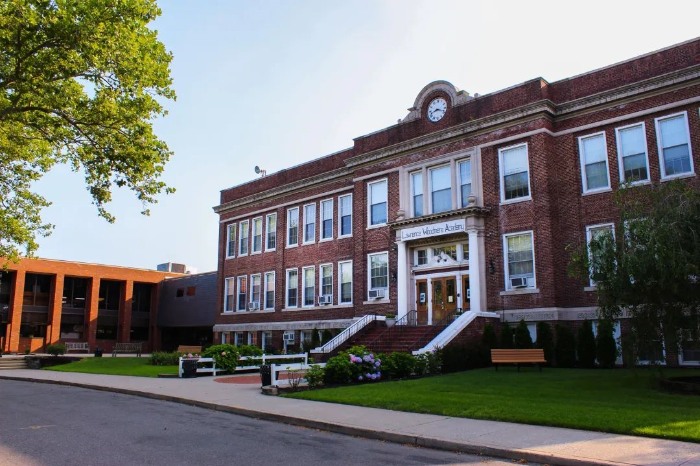Mobile signal boosters are primarily used in schools to address weak signal areas or dead zones caused by building obstructions or other factors, thereby enhancing communication quality on campus.
Many people believe that mobile signal is not a necessity in schools. However, it’s often overlooked that schools, much like hospitals, serve as public spaces. In emergencies, schools can act as shelters. They typically have large spaces and infrastructure to provide temporary refuge during natural disasters, conflicts, or other crises.
- Temporary Housing: Classrooms, gymnasiums, and other facilities can serve as emergency lodging.
- Medical Assistance: School health offices or affiliated medical institutions can provide emergency medical aid.
- Supplies Storage: Food, water, and other essentials can be stored.
- Emergency Command Center: Schools can be set up as command centers to coordinate rescue operations during emergencies.
In some countries and regions, schools not only fulfill their primary educational roles but also provide community functions such as gymnasiums, large meeting rooms, and libraries. This is especially true for university campuses, which play a significant role in local civic activities.
Therefore, having good mobile signal communication in schools, as public spaces, is essential.
Some parents argue that mobile signal is indeed necessary for universities, as a seamless network environment is crucial for modern learning. But is mobile signal really that necessary for elementary and middle school students?
Don’t forget, schools have not just students but also many teachers and staff who require mobile signal for necessary communication in their workplaces.
Here are some key applications of mobile signal boosters in schools:
1. Classrooms and Libraries: These areas typically require stable and high-speed internet connections to support teaching activities and academic research. Mobile signal boosters ensure smooth connectivity for wireless devices in these zones.
2. Student Dormitories: Dorms are essential for student life and study. Mobile signal boosters can provide better call and internet services, especially when many users are online simultaneously.
3. Gymnasiums and Large Meeting Rooms: These spaces are usually crowded and have high network demand. Installing mobile signal boosters guarantees that participants can enjoy stable communication during large events or gatherings.
4. Outdoor Areas: Outdoor spaces on campus, like playgrounds and pathways, also need good signal coverage to ensure that students and faculty can stay connected during outdoor activities.
5. Security Monitoring: With growing concerns about campus safety, mobile signal boosters can work alongside surveillance cameras to ensure timely communication during emergencies.
In large campuses with numerous buildings, simply installing mobile signal boosters may not suffice for extensive coverage. In such complex structures, a Distributed Antenna System (DAS) is typically employed to achieve comprehensive signal coverage. Click here to learn more about how DAS works.
As China’s largest manufacturer of mobile signal boosters and DAS for 12 years, Lintratek is located in the world’s most complete mobile communication industry zone in Guangdong Province. We have successfully handled many large-scale building projects, providing both technical and cost advantages. Click here to learn about our mobile signal relay projects. If you have a project requiring mobile signal relays, don’t hesitate to contact us, and we will respond promptly.
Post time: Oct-08-2024








